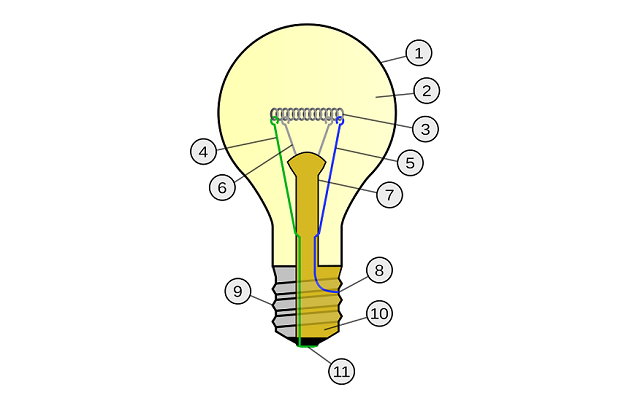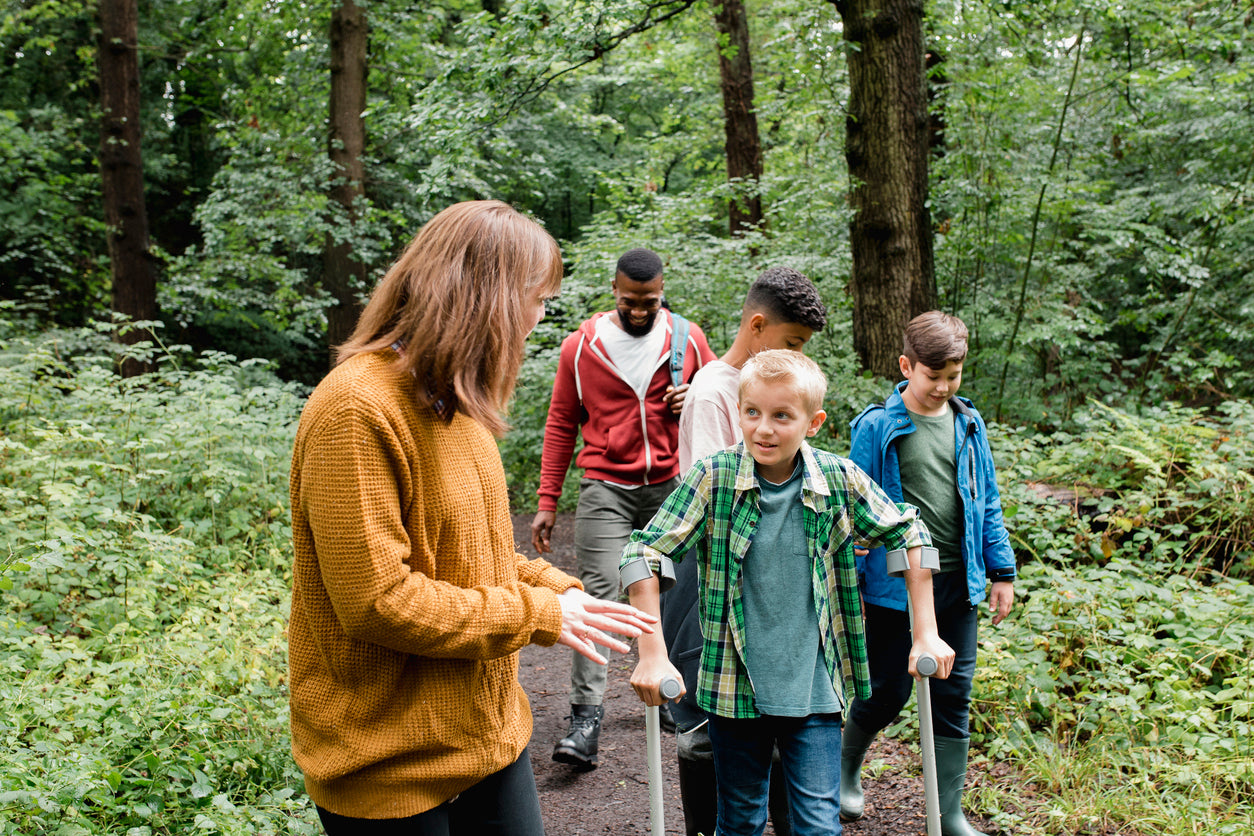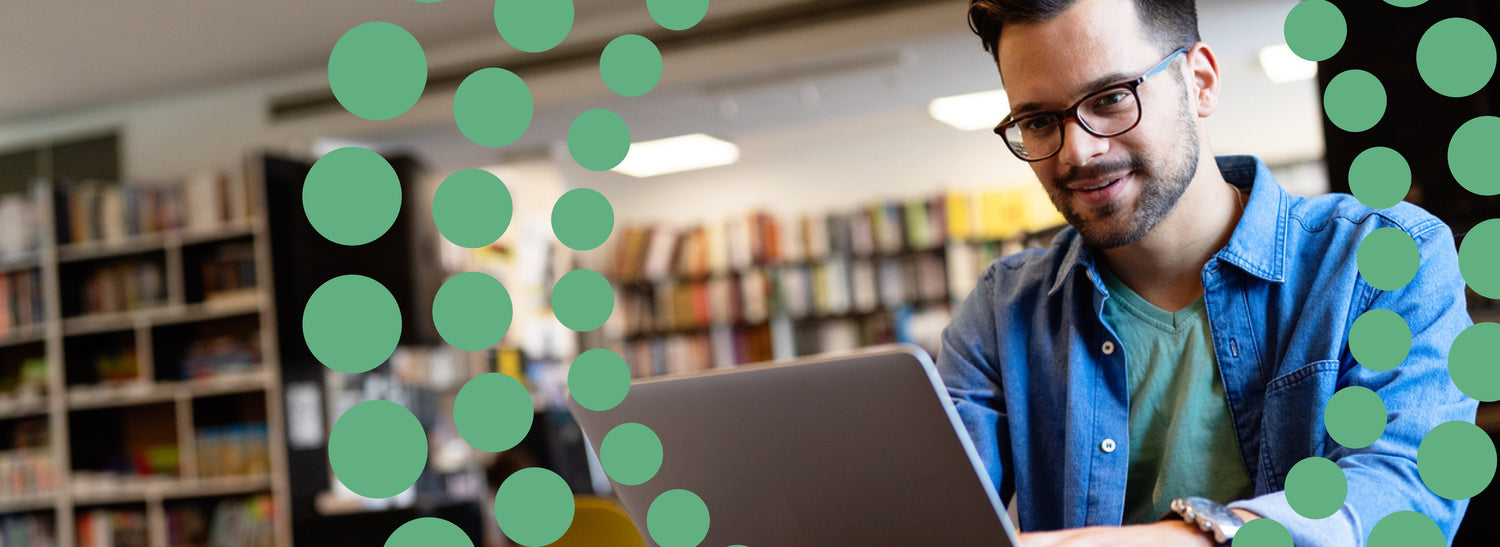Explore our collection of informative and educational blog posts to stay updated on the latest industry trends and expert advice.
45 Design Thinking Resources for Educators

Imagine a world where digital learning platforms help adult learners succeed through college completion; where a network of schools offers international-quality education, affordable tuition, and serves hundreds of thousands of children in economically disadvantaged countries; where we engage parents in understanding national trends and topics in education; where a comprehensive learning environment seamlessly connects the classroom with the opportunities of the digital world for young students; and where system-level solutions help more students gain access to college.
Educators across the world have been using design thinking to create such a world.
Design thinking consists of four key elements: Defining the Problem, Creating and Considering Multiple Options, Refining Selected Directions, and Executing the Best Plan of Action.
An early example of design thinking would have been Edison’s invention of the light bulb. This invention carried with it a “human-centered design ethos,” meaning Edison was able to envision how people would want to use what he made, and then engineered toward that insight. He created an entirely new marketplace for his product, not just a single device modeled after preceding devices of similar use.
In education, design thinking empowers students to realize that they can create their own futures by borrowing frameworks from other areas, which allows them to design their own participation and experiences. For example, game designer Katie Salen has talked about her students experiencing video game design and implementing those principles into the classroom; she said her students interact within a framework that allows them to take on social challenges as designers.
A good game designer thinks about the same things that a good teacher thinks about, Salen says. When you begin to see how games work, you can begin to see how a classroom might work more effectively. The framework of how video games work can also be used to design class participation.
In essence, design thinking prescribes a collaborative, solution-oriented approach rather than an individualistic, problem-oriented approach.
Current projects range in scope and scale, addressing problems in the classroom and across entire districts. We’re seeing school leaders engage faculty to develop a shared philosophy on teaching and learning; district administration using design to reimagine tools they create to help teachers be successful; community volunteer groups engage in a process to help redesign schools that are less successful within their state system; and more.
“Each of these stories alone is not the answer to whole-scale education reform,” says Sandy Speicher, who leads the education practice at the design firm IDEO, “but if you multiply these activities by three million teachers across [the United States], and magnify that by the organizations that are creating new, human-centered tools and services to support our students, it can add up to a big impact on the system.”
Teachers find design thinking to be an engaging pedagogical approach, because in order to create new solutions, you cannot help but learn about people and their interests, about business or math or science or engineering.
Plus, while students are learning the specific knowledge set required to develop a relevant and buildable solution, they’re also developing highly valuable skills such as empathy, the ability to collaborate, to deal with ambiguity, and, of course, to create. Design thinking offers a way to reshape the curriculum around experiences that engage students, and to shift physical classrooms based on feedback from students.
Below are 45 design thinking resources you can use to lead this movement in your own classroom:
- The Art of Innovation, by Tom Kelley. A good starting point if you’re new to modern design thinking.
- Change by Design, Tim Brown, CEO of IDEO, as well as his TED Talk on the subject.
- Design Thinking for Educators, from IDEO, is similar in form and content to the Bootcamp Bootleg (see below), but offers language and activities specific to K-12 educators.
- IDEO: Design Thinking For Educators toolkit.
- HCD [Human-Centered Design] Connect, also from IDEO. This resource was designed for NGOs and social enterprises that work with impoverished communities but includes methods relevant to education as well. The free kit walks users through the human-centered design process and supports them in activities such as building listening skills, running workshops, and implementing ideas.
- IDEO’s Design Thinking for Educators website (includes a PDF toolkit for teachers).
- dt4e blog from Riverdale Country School & IDEO.
- Lucy Kimbell‘s comprehensive academic overview of design thinking’s history. A fellow at the Saad School of Business, Oxford University, Kimbell has archived many of her publications on her website.
- d.school virtual crash course, Stanford’s first stab at delivering the d.school experience at a distance.
- The Bootcamp Bootleg, the d.school’s compilation of materials used in the Design Thinking Bootcamp class.
- The d.school’s wallet project. This takes 1 hour to run, and the d.school even provides a facilitator’s guide.
- The d.school’s k12 wiki. These projects are mostly geared towards k12 teachers, but many would absolutely be appropriate for adults.
- Design Thinking Mix Tapes: The Design Thinking Mix Tapes are a resource from the Stanford d.school to help with the application of design thinking to real-life challenges. There are three PDFs that lead you through the different phases of the process. Each PDF will guide you through half a day of design thinking work.
- “Taking Design Thinking to School” (PDF), project report from Stanford.
- Make Space, by Scott Doorley and Scott Witthoft. This is the d.school’s first book. If you’ve ever seen pictures of the d.school and wanted to know how you can make those whiteboards, where you can get those chairs, or just what you should be thinking about as you build out your offices, pick up a copy of this book.
- The Third Teacher. Like Make Space, this is a practical manual, but it’s less focused on interior setup and more on educational spaces in general.
- Rapid Viz, by Kurt Hanks and Larry Belliston. Here’s how to draw, fast and loose. Expressing your ideas visually is closely allied with rapid prototyping.
- 100 Things Every Designer Should Know About People, by Susan Weinschenk. This book compiles those psychology and behavior tidbits you’ve heard and written down because they seem like they might be relevant for some design, somewhere. Flip through it at a decision time in a project and let behavioral science and neuroscience guide you in the right direction.
- Storyviz.com corresponds to the popular d.school class Storytelling and Visual Communication.
- The kerning game is a quick and simple way to help you notice letter shapes. Try it out even if you have no idea what kerning is.
- Typography for Lawyers is a guide to elegant, readable, classy document design. Follow these guidelines and your handouts won’t make designers cringe.
- Edutopia’s Design Thinking Video Playlist, part of its Five Minute Film Festival series
- Teacher Resources on Design Thinking at Henry Ford Learning Institute
- Professional Development from dLab, the Laboratory on Design Thinking in Education, at University of Kentucky’s College of Education.
- Project H Design, a nonprofit organization dedicated to improving education from within.
- ISKME’s Action Collabs, a series of design thinking workshops sponsored by the Institute for the Study of Knowledge Management in Education.
- “Teaching Kids Design Thinking, So They Can Solve The World’s Biggest Problems,” by Trung Le, Fast Company Design
- “Teaching and Learning through Design Thinking,” by Justin Reich, Education Week blogs
- Students For a Democratic Society: Student Power for Accessible Education Organizing Guide
- End The Race: The Homework Pledge Toolkit
- IDEA: What’s Happening at Your School? A Snapshot Evaluation
- SoundOut: Meaningful Student Involvement Guide to Students as Partners in School Change
- IDEA: Bringing Democratic Education to Your Classroom and School (Lesson Plan)
- IDEA: Introducing Democratic Education (Lesson Plan)
- IDEA: Education Library
- American Friends Service Committee: It’s My Life! A Guide to Alternatives After High School
- Buck Institute for Education: PBL DO-IT-YOURSELF – Guidance, Tools and Tips for Your Projects
- Design Thinking For Educators: context / profession / practice / mindset
- Creative Workshop: 80 Challenges to Sharpen Your Design Skills, plus 10 bonus challenges
- KnowledgeWorks and American Architectural Foundation: Report From the National Summit on School Design: A Resource For Educators and Designers
- Collective Action Toolkit: Collective Action Toolkit from frog design is a package of resources and activities that enable groups to organize, build trust, and collaboratively create solutions for problems impacting their community.
- Target Design K-12 Teacher Resource Packet: Developed by the Smithsonian Cooper-Hewitt, National Design Museum, this PDF contains several resources on how to integrate design thinking connections into the K-12 classroom. It accompanies the free K-12 design workshops that the Cooper-Hewitt offers to all New York City schools.
- Etale.org’s 27 books to cultivate design thinking for educators. See the full list here.
- OER Commons Design Thinking for 11th Graders
- REDlab’s Research in Education &Design: REDlab was founded in 2009 to study the impact of design thinking in education. It grew from the Taking Design Thinking to Schools Project, which was funded by Stanford’s K-12 Initiative. It sparked a partnership between the Stanford School of Education and the d.school. The goal was to partner with local schools to explore the feasibility of design thinking as a new way to teach and learn.
“Most of us have deeply embedded ideas about what’s’right’ for education,” says Speicher. “But when you look at the world of education through the lens of design, you start to see that there isn’t one right answer, there are many.”








